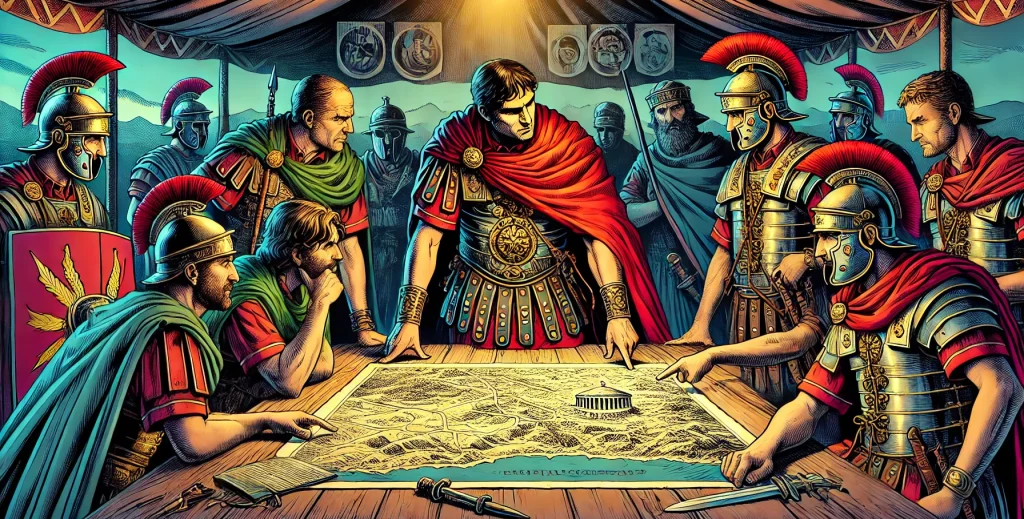Before play begins, the group as a whole must decide on the type of world in which their campaign will take place. This could be an original creation, such as a world of high fantasy or futuristic sci-fi, or a well-known setting from modern espionage, gothic horror, or even a favorite novel, movie, or television series. Once the setting is chosen, it becomes the GM’s role to bring that world to life, translating it into a functional game environment that the players can interact with and explore.
Planning the campaign involves more than just setting the scene. The GM must also consider how to balance the flow of the game to match the group’s expectations. This includes thinking about the pace at which events unfold, how attributes will shape the characters’ interactions with the world, and ensuring that both player characters and non-player characters (NPCs) are well-integrated into the narrative. The GM will also need to define the types of equipment and resources that will be available to the players, making sure they reflect the setting while adding depth to the story.
This preparation is key to creating an immersive and cohesive experience, allowing players to fully engage with the world and its challenges. Thoughtful planning ensures that the mechanics and story align, offering players opportunities to explore, overcome obstacles, and develop their characters in a world that feels vibrant and responsive.

